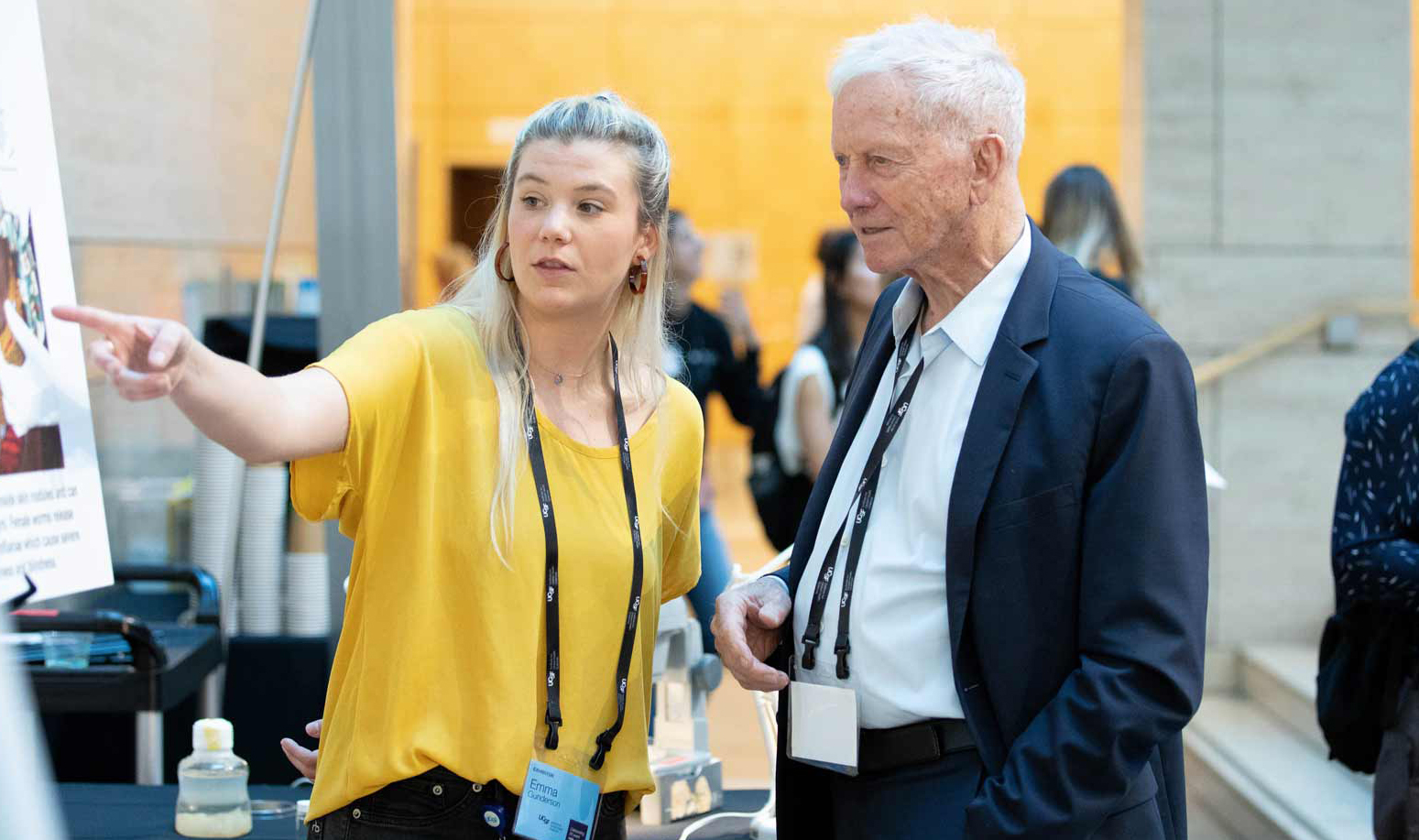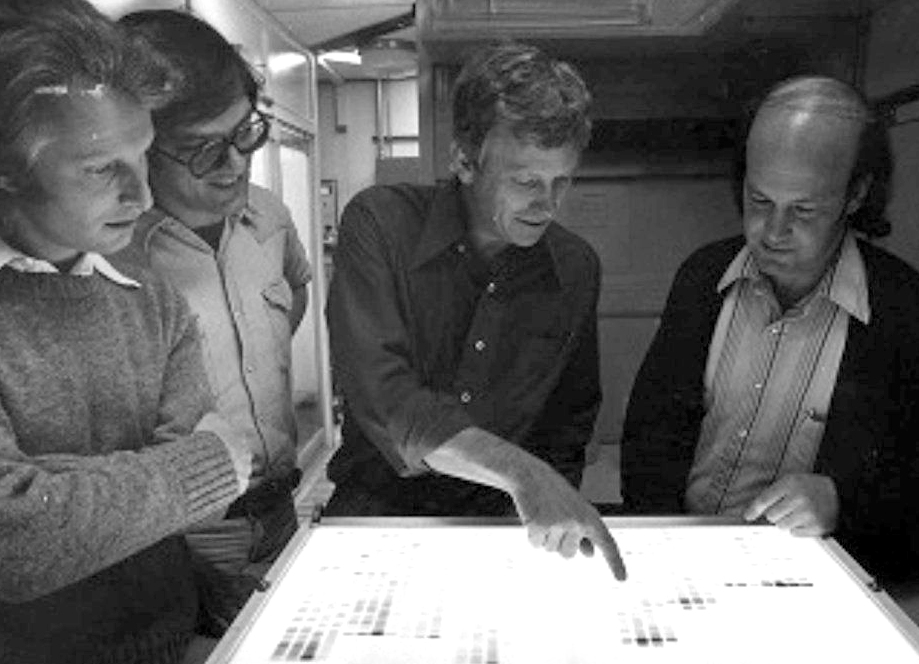
William J. Rutter PhD, who in 1977 with his colleagues achieved the first major triumph of genetic engineering by isolating the gene for rat insulin and transplanting it into bacteria, eventually leading to the mass production of genetically engineered insulin to treat diabetes, passed away on June 11, 2025.
His collaborative and interdisciplinary research style helped guide the growth and quality of the basic science enterprise at UCSF. In 1983, Rutter was named director of the Hormone Research Institute, one of UCSF’s first independent research units, which with the neighboring Metabolic Research Unit, would eventually become Diabetes Center. Under the direction of Rutter, the Hormone Research Institute became well-known for their work on RNA transcription, pancreas development, the cloning of the human and rat insulin cDNAs and genes, and the insulin receptor cDNA.
“The impact of Bill Rutter’s transformational work is wide-spread and lasting in the field of diabetes," said Mark Anderson, who sends his condolences to all that knew him. "His lab was the first to identify and clone the human and rat insulin cDNA’s which laid the foundation for the generation of recombinant forms of insulin. These forms of insulin are now used every day in the care and management of patients with diabetes and it remains as one of the major advances in diabetes care in the last 50 years."
The community at UCSF has been widely affected. “Dr. Rutter pioneered UCSF’s unique approach to innovation, collaboration, and engagement with our community,” Chancellor Sam Hawgood noted. “He was a strategic leader and a program builder who laid the foundation for UCSF becoming a scientific powerhouse.”
an eminent Career
Rutter earned a BS in biochemistry from Harvard University in 1949 and then began his career in basic science research. He went on to earn an MS from the University of Utah in 1950 and a PhD in biochemistry at the University of Illinois in 1952. While a faculty member in the department of chemistry at the University of Illinois, his studies focused on the regulation of RNA transcription and launched his interest in biological problems.

In 1968, UCSF successfully recruited him from the University of Washington to lead a new department of Biochemistry and Biophysics. During his tenure, he played a key role in UCSF’s rise to prominence in biomolecular science and created a new model for science at UCSF: small laboratories with elite scientists conducting highly interactive research. Along with Vice Chair Gordon Tomkins, he brought several key researchers to UCSF and helped establish the university as a leader in the field. This collaborative group of scientists helped create the techniques of genetic engineering that catalyzed the biotechnology industry and was integral in developing recombinant DNA technology. Rutter was keenly aware of the possibility that any progress in the department’s labs might be quickly applied to human disease, since UCSF’s basic science programs were housed in a medical school, and he is widely credited with transforming UCSF into an internationally prominent center of far-reaching science.
Rutter retired from UCSF in 1991 but retained the title of Herzstein Professor of Biochemistry Emeritus. During his tenure at UCSF, he and his colleagues published more than 380 scientific articles, and he held more than 25 patents. In addition to many honors, he was elected to the National Academy of Sciences in 1984 and the American Academy of Arts and Sciences in 1987. And in recognition of his contributions to the university and to the field of health sciences, Rutter was awarded the UCSF Medal in 1996.
“No other single individual played a more pivotal role in guiding the future of the institution,” Holly Smith, MD, his colleague and former chair of medicine and associate dean, noted before his passing in 2018, “in part, because of the importance of the position that he occupied as chair, but more particularly because of his vision, vigor, and leadership of the whole of UCSF’s basic science community.”
